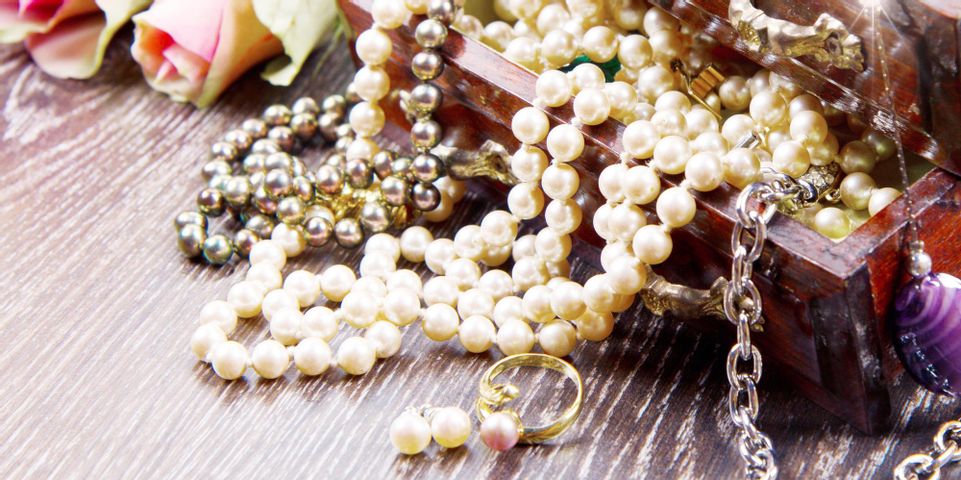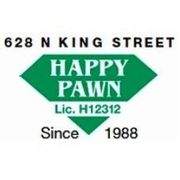
If you’ve recently visited a local jewelry exchange, you may have heard the piece describes as estate, vintage, or antique. Understanding these terms will help you assess the jewelry’s value and rarity. Use this guide to learn how different items are categorized.
Estate
Estate jewelry isn’t necessarily old; new pieces can fall into this category if they had a previous owner and are once again on the market. If the owner is deceased, the item may have been sold as part of an estate sale. The jewelry may also be sold for collateral if the owner is still alive.
Antique
 To be classified as an antique, the piece must be at least a century old. Antique items are often extremely valuable because of their rarity and quality craftsmanship. Due to their high value, owners of antique items usually don’t wear them daily or display them in their homes. These items are typically stored in safety deposit boxes and only worn on special occasions, like weddings and galas.
To be classified as an antique, the piece must be at least a century old. Antique items are often extremely valuable because of their rarity and quality craftsmanship. Due to their high value, owners of antique items usually don’t wear them daily or display them in their homes. These items are typically stored in safety deposit boxes and only worn on special occasions, like weddings and galas.
Vintage
Most vintage pieces are at least 30-years-old, but they can also be significantly older. Although they’re valuable, vintage items aren’t usually as precious as antiques. This makes them ideal for people who want affordable, luxury jewelry. Due to their lower price, you won’t need to retrieve them from a vault whenever you want to use them.
Since estate, antique, and vintage items are typically hard to come by, you’ll likely need to visit a jewelry exchange. If you want to acquire new pieces, head to A Happy Pawn in Honolulu, HI. Although they’re located in Chinatown, people from across Oahu visit them to browse their wide selection of fine necklaces, watches, and rings. This jewelry exchange is accredited by the Better Business Bureau® and has served the community since 1988. To get more information about their inventory, visit them online or call (808) 383-5253.
About the Business
Have a question? Ask the experts!
Send your question

